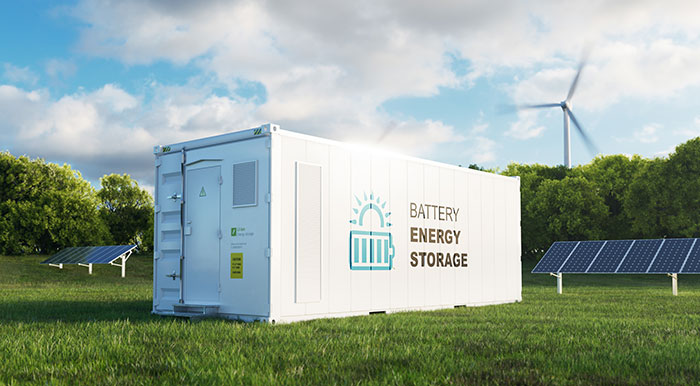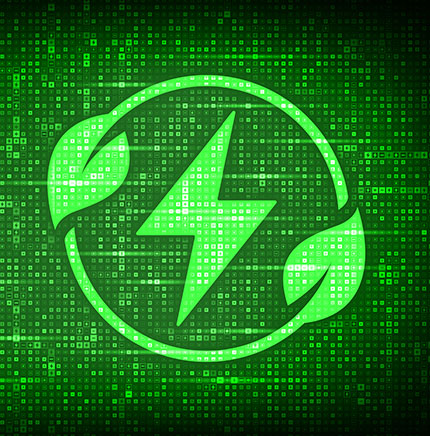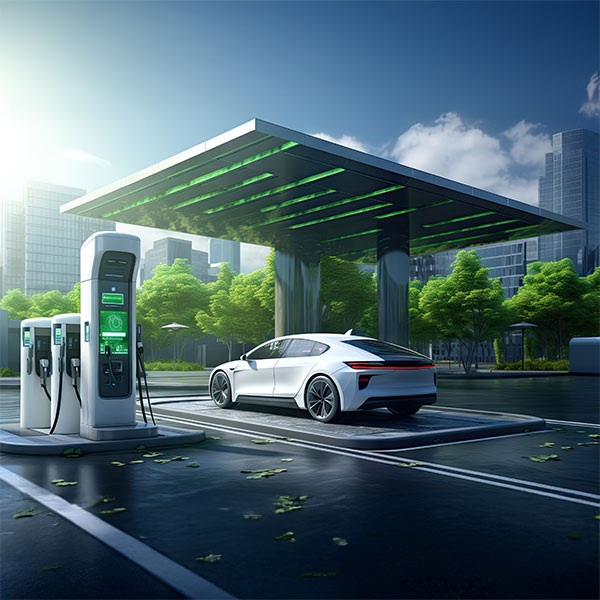The world is experiencing one of the most significant energy transitions in history. Moving from nuclear fuel, coal, oil, and gas to clean, smart systems, this shift demands not just cleaner sources but also infrastructure that is modular, resilient, and digitally intelligent. As per the International Energy Agency (IEA), renewables are projected to supply almost 46% of the world's electricity, and wind-based generation is expected to outpace hydropower by 2030. The challenge is clear: We must design energy systems that are future-ready from the ground up.
This shift will be defined by the interplay of engineering precision and design thinking—where distributed generation meets intelligent optimisation, and sustainability is integrated into every layer to deliver clean energy that is reliable, adaptable, and globally relevant.
A New Paradigm: Distributed, Digitised, Decarbonised
Global power systems are shifting from central power stations to intelligent, decentralised networks powered by green energy. Solar rooftops, wind farms, tidal and microgrids are not secondary, rather they are the foundation. Meanwhile, advancements in clean energy like Battery Energy Storage Systems (BESS), hydrogen fuel integration and Vehicle to Grid (V2G) are taking off across the globe.
Digitisation is enabler – edge computing, predictive maintenance with AI based forecasting which are connected and optimised through IoT, allow for real time load balancing. This new model allows sustainable energy solutions to scale in an urban and rural context while remaining affordable and resilient.

India's Shift: From Fossil Reliance to Intelligent Self-Reliance
India’s energy landscape is undergoing a significant transformation. Historically dependent on coal and imported fossil fuels, the nation is now charting a decisive course towards energy independence and net-zero goals. Rooftop solar schemes, localised storage pilots, and hydrogen production missions are becoming the building blocks of India’s clean energy architecture.
This transition is being driven by ambitious policy frameworks like the National Electricity Plan 2023, under which India will add over 500 GW of non-fossil capacity by 2030, with solar and wind making up more than two-thirds of that growth. It is also driven by large-scale renewable investments, and a clear mandate for digital intelligence across the energy value chain.
India’s energy transition involves more than just fuel replacement: it’s about re-framing infrastructure as adaptive, self-healing, and smart. The enlistment of new technologies, including AI-based forecasting, edge computing, IoT-enabled smart grids, and blockchain-enabled traceability are common in new deployments. This transition to advanced technology is particularly urgent for India, given extreme seasonal demand variability, rapid urbanisation and rural electrification targets that require highly responsive systems.

Applications in Action: Tata Elxsi's Real-world Use Cases in the Energy Transition
The grids of the future have to be adaptive, modular, and cyber-secure. We combine smart meters, 5G-based communications, cloud-edge orchestration, and engineering with a circularity focus in our work. From electric vehicles and microgrids to hydrogen storage and green energy platforms, we apply engineering precision and design thinking to facilitate energy transitions that meet both local needs and global goals.
In the energy sector, we have been working across Battery Energy Storage Systems (BESS), Power Converters & Drives, Energy Infrastructure for clean mobility, EV charging Heat Pumps & HVAC optimisation—all designed for reducing downtime, enhance efficiency and optimise utilisation.
Our design-led engineering contributions span clean mobility, smart grids, and industrial automation.
We're enabling clean energy solutions in India and globally to reduce emissions, improve system uptime, and design future-ready infrastructure with sustainable energy solutions such as:
- Mobius+: Digital battery passports for lifecycle traceability
- TEDAX: Industrial Big Data Analytics platform
- TETHER SMP: Industrial IoT and light weight MES platform
- LEXI: AI-based Battery Digital Twins
- PFAS-free compliance for sustainability mandates
- Integrated Command & Control Centre – Tata Elxsi’s Integrated Command & Control Centre supports NOC / SOC operations and enables 24/7 monitoring, fault detection, with automated network optimisation for critical energy infrastructure — Ensuring uptime, rapid incident response, and secure operations.
With a platform-plus-engineering approach, Tata Elxsi is paving the way for a cleaner, smarter world—driven by innovative clean energy solutions and grounded in sustainable energy practices.
The Path Forward: Designing the Energy Systems of Tomorrow
The future of energy lies in systems that can self-optimise, interoperate securely, and integrate advanced storage, predictive analytics, and intelligent controls. AI at the edge will enable real-time decision-making; digital twins will predict and prevent failures; and autonomous systems will dynamically balance supply and demand across distributed networks.
In the energy transition, the winners will be those building intelligent, adaptive, and sustainable systems that evolve with market demands and climate realities. Scale, security, and sustainability will define success.
Author
Domain Head – Systems & Software
Tata Elxsi















